Psychedelic movies are mysterious, enigmatic and totally out of our control. Very often, it’s a chance for an auteur to take their audience on a trip through the most lavish and ‘indulgent’ techniques they can conjure a feast for the eyes and a task for the brain to keep up with fractured story-lines, hallucinogenic imagery and booming soundtracks. Every so often, however, we receive one of these films helmed by an artist with both vision and discipline; and the resultant work ranks among the most exploratory and interesting you can find anywhere in cinema. For your fair share of both, see below. Here’s the list of top Psychedelic movies ever. You can watch some of these best psychedelic movies on Amazon or Hulu.
10. Enter the Void
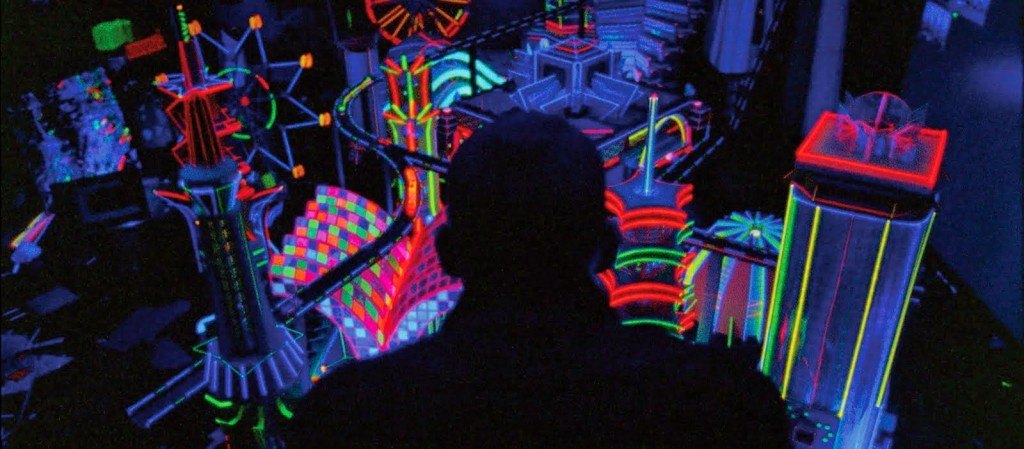
Among other things, Gaspar Noé is a master of controlling his camera. His two-hour forty-minute film created with the purpose of simulating an LSD-esque ‘trip’ is an exercise in testing his audience’s endurance. Rave-like flashing bombards us, flowing with a synthesized river of neon colours and interesting techniques with which he displays the many vices our protagonists partake in (one of which is particularly… inventive.)
It’s not a truly great film and by the end may seriously make you want to shut it off — such an attack on the senses becoming either banal or unbearable depending on your level of tolerance. That being said, Enter the Void does fully live up to its name — and with so many complaints about the uninspired and generic state of film nowadays venturing into something like this might restore your faith in the power of contemporary cinema.
Read More: Best Kidnapping Movies of All Time
9. Suspiria
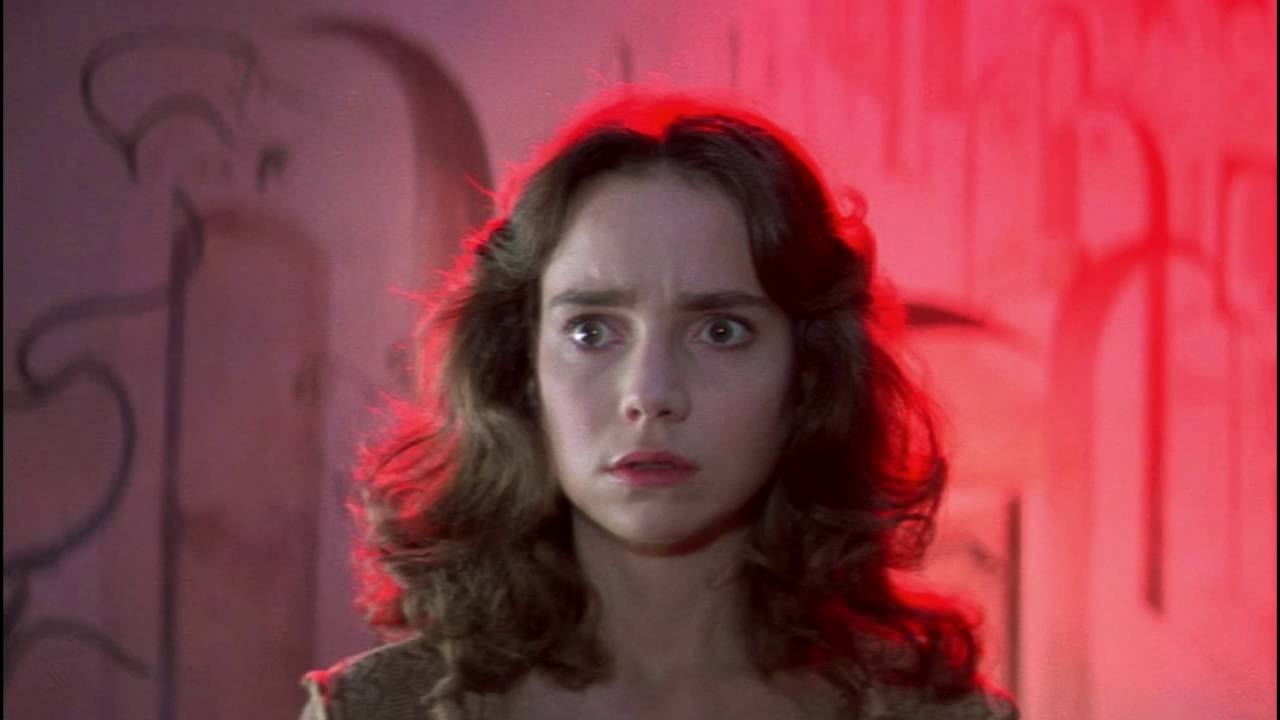
Italian maestro of the Giallo horror Darigo Argento (besides having a cracking name) may have made better movies than ‘Suspiria’- and his nagging ineptitude at effectively directing actors is on full display here- but the sensory overload achieved with this slasher classic really is worth seeing.
Frequent collaborators ‘Goblin’ provide a killer soundtrack to a colossal set decorated in rich reds and vibrant designs which make Suspiria a joy to look at and a work which achieves a synaesthesia unmatched by the majority of horror movies in existence. Lavish, stylized and dripping with gore. It’s a weak story painted in some of the most compelling colours you could imagine.
Read More: Best Directorial Debuts of All Time
8. An Andalusian Dog
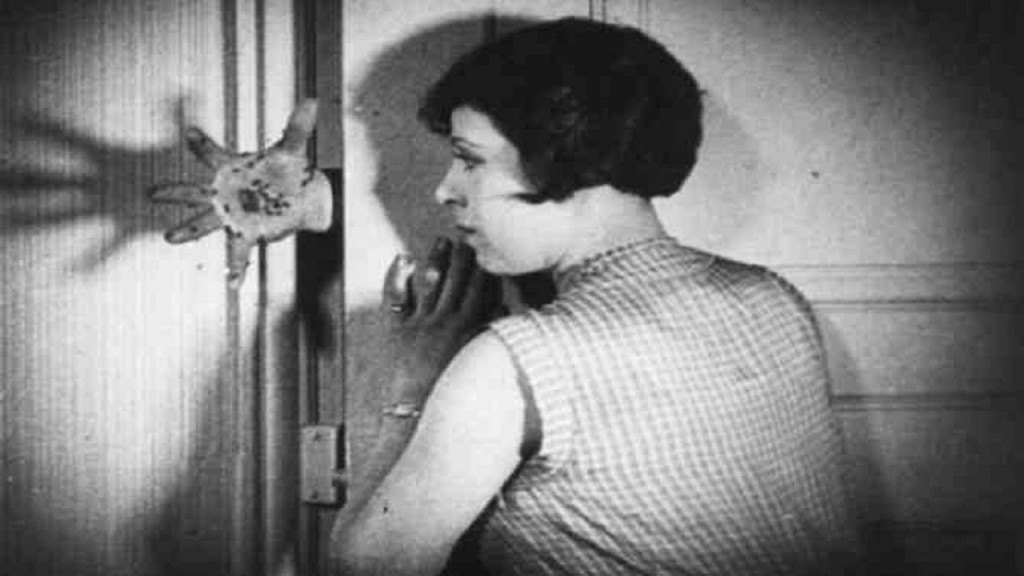
Luis Buñuel’s fantastical debut embraces his later through-line of playful surrealism with a crushing grip- immediately throwing us into the image of an eye being sliced open by a razor blade. Despite its bloodshed, the visual poetry Buñuel and two-time collaborator Salvador Dalí unearth in their landmark 1929 piece would go on to inspire countless film-maker and become one of the definitive artistic statements of the silent era. At less than 20 minutes, it’s not exactly the most patience-testing dive into the psychedelic but in itself An Andalusian Dog is still absolutely seminal.
Read More: Best Movie Monologues of All Time
7. Point-Blank
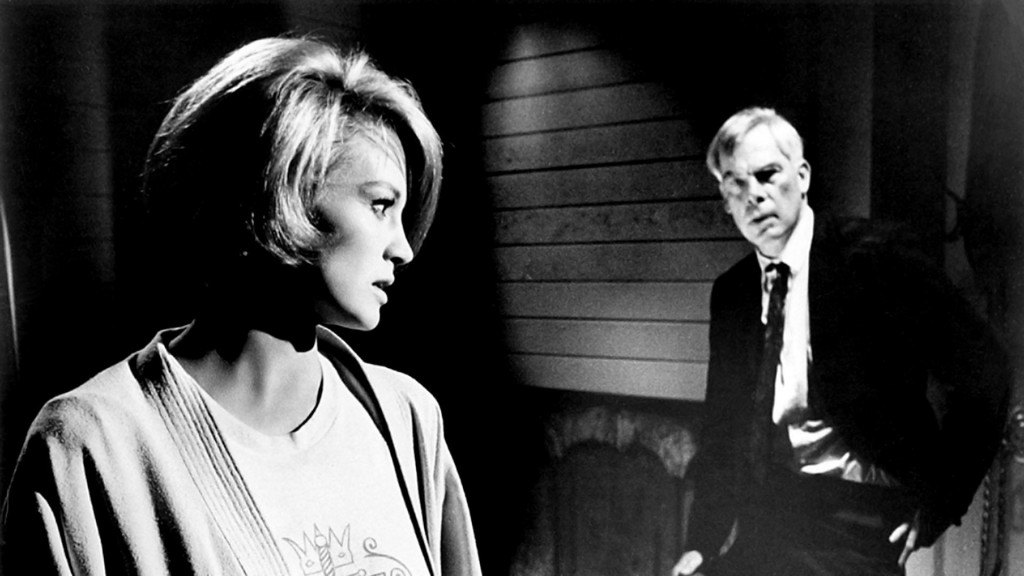
Far from a one-trick pony, I figured that after John Boorman’s masterful ‘Deliverance’ there would be no joy with his other less-acclaimed work. Thankfully I was mistaken as the fantastic ‘Point-Blank’ remains one of the most subversive and fantastical Hollywood movies of the 1960s. Attracting big star Lee Marvin despite its strangeness (a-la Rock Hudson with John Frankenheimer’s seminal ‘Seconds’) it follows a man betrayed by his friend wreaking a terrible trail of revenge.
Taking cutting cues from a director at no.3, Boorman’s famously eclectic and strong taste for cinema of all kinds is synthesized here to the point where this English director with very American assets in hands crafts something far closer to the ongoing European new waves than the dying Hollywood that surrounds it. Point-Blank is a picture which seems to see the innovation and adventure going on oversees and wistfully attempts to capture that same lightning in a bottle. For that alone it’s fascinating but the genuine skill on display makes this essential psychedelic viewing.
Read More: Best Drug Movies of All Time
6. The Holy Mountain
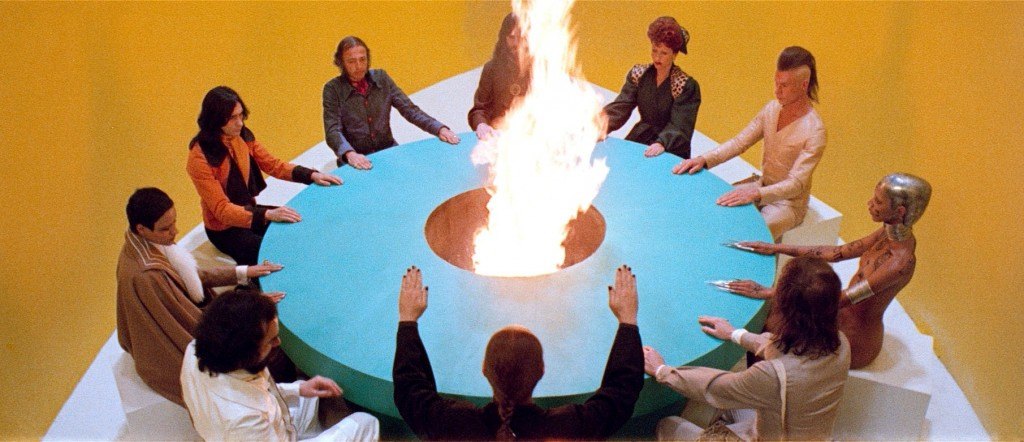
Probably the most openly psychedelic flick on this list, Mexican midnight-movie legend Alejandro Jodorowsky made his mark with 1970’s ‘El Topo’, another brutally violent and gloriously psychedelic movie. Five years later with help from all sources, notably John, Paul, George and Ringo from big fans The Beatles, he got another project off the ground.
Well worth the wait, Jodorowsky’s ‘The Holy Mountain’ summons some of the most remarkable imagery the cinema has ever seen, basking in its own laborious excesses with colossal chambers painted in the vibrant colours of the rainbow and warehouses chock-full of plaster representations of christ all to be shattered in a blinding rage. So too does a recreation of the Spanish conquest of the Aztecs starring frogs and lizards wearing tiny little clothes speak for the visual virtuosity and utterly compelling insanity of the film. It’s a raving mess of immortal images and an unforgettable ride — love it or loathe it.
Read More: Best Holocaust Movies of All Time
5. Mulholland Drive
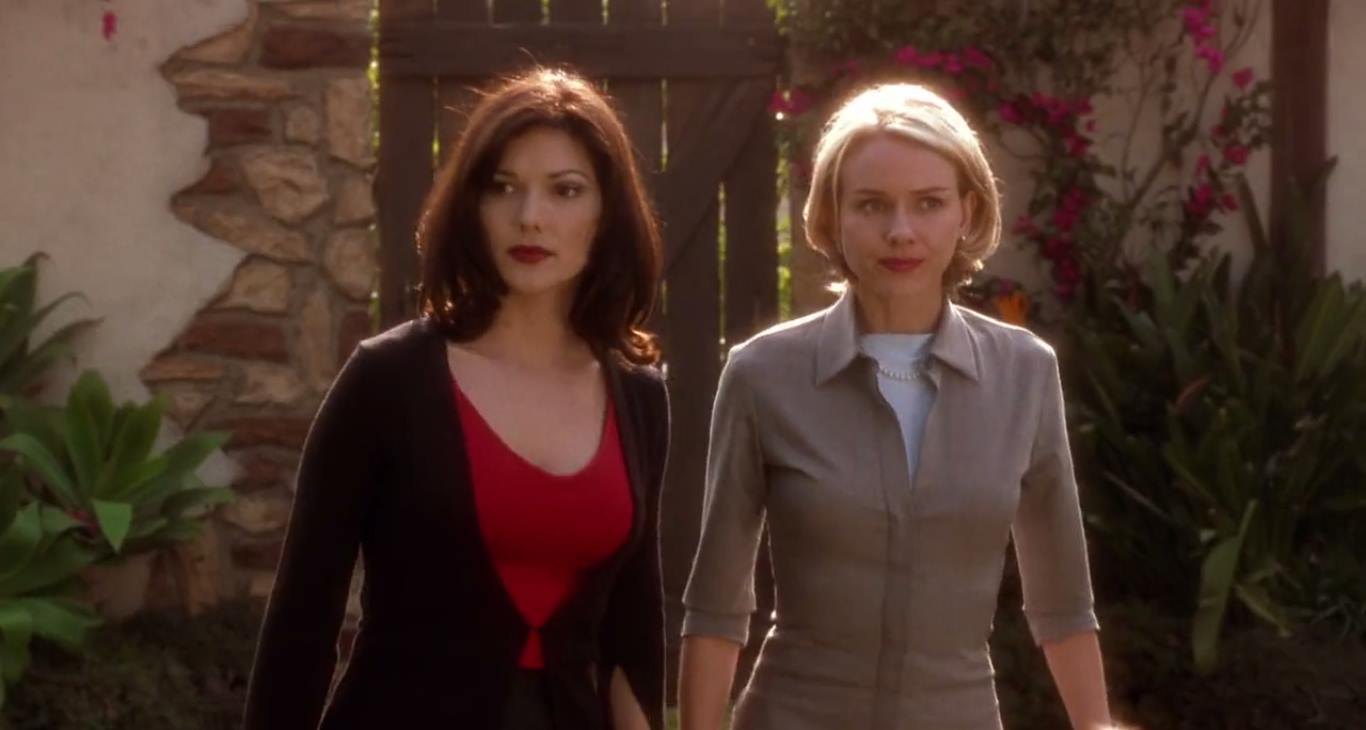
I very nearly considered slapping this down at no.3 but for all David Lynch’s mastery the wonderful ‘Mulholland Drive’ doesn’t quite top the next three for me. Nevertheless this flick remains one of the greatest works of 21st century cinema: Each set-piece worthy of study for its expert use of spacing, subtle surrealism and most importantly music ever so carefully placed at precise moments to create feelings of insecurity and discomfort in the audience. Unlike many of these movies Mulholland Drive’s aesthetic is nearly naturalistic, with sparing use of colours and lighting to craft and ever-so-slight alteration of the world we live in. The camera may drift and swoop and soar but Lynch is extremely disciplined in his outright use of surreal elements and multiple exposure, saving them only for the most crucial moments of the experience.
Read More: Heartbreaking Romantic Movies of All Time
4. Last Year at Marienbad
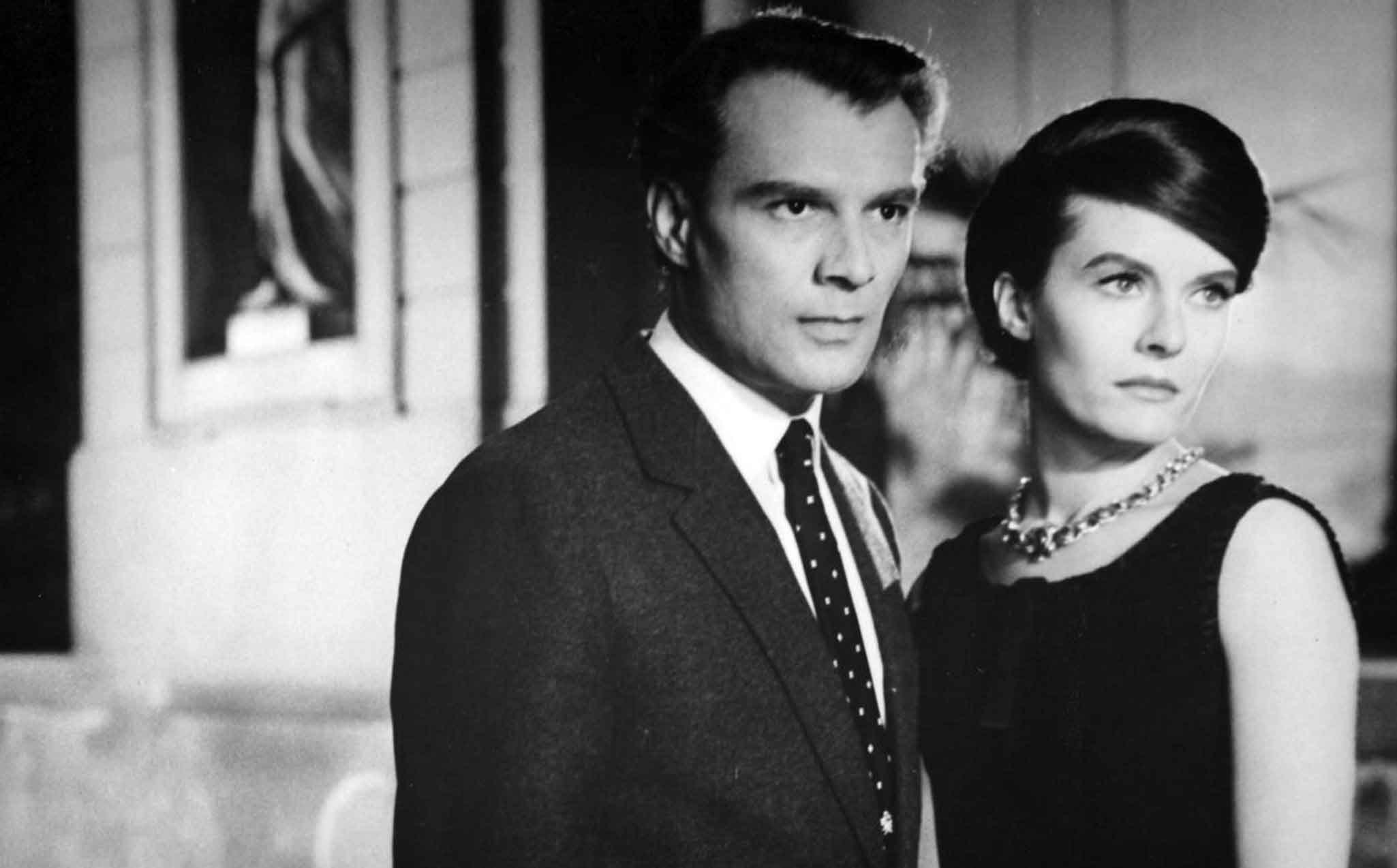
The man who probably made a lot of these movies possible, French wonder Alain Resnais is one of the lesser named but by far most crucial figures of the French New Wave or ‘Nouvelle Vague’ whose incredible fusion of memory and narrative in films like ‘Hiroshima, mon amour’ and ‘Muriel’ forged an entirely new cinematic language a year before ‘Breathless’ and ‘L’Avventura’ supposedly did even more for the medium.
Whilst the most important artists will be debated for all time perhaps even more heated is the argument over whether ‘Last Year at Marienbad’ is a masterpiece or an absolute waste of time. Totally disregarding plot and character in favor of powerful cinematic effect, the film’s abandonment of convention gives Resnais room to explore empty rooms and even emptier faces far before Kubrick did- this movie’s chateau d’Marienbad a dead-ringer for ‘The Shining’s’ Overlook Hotel.
Clearly, it’s difficult to describe this flick but that’s part of the beauty of it. Take a trip to Marienbad once in a while and see if you can get anything from this listless trip into one of the most quietly hellish places in cinema.
Read More: Best Serial Killer Movies of All Time
3. Persona
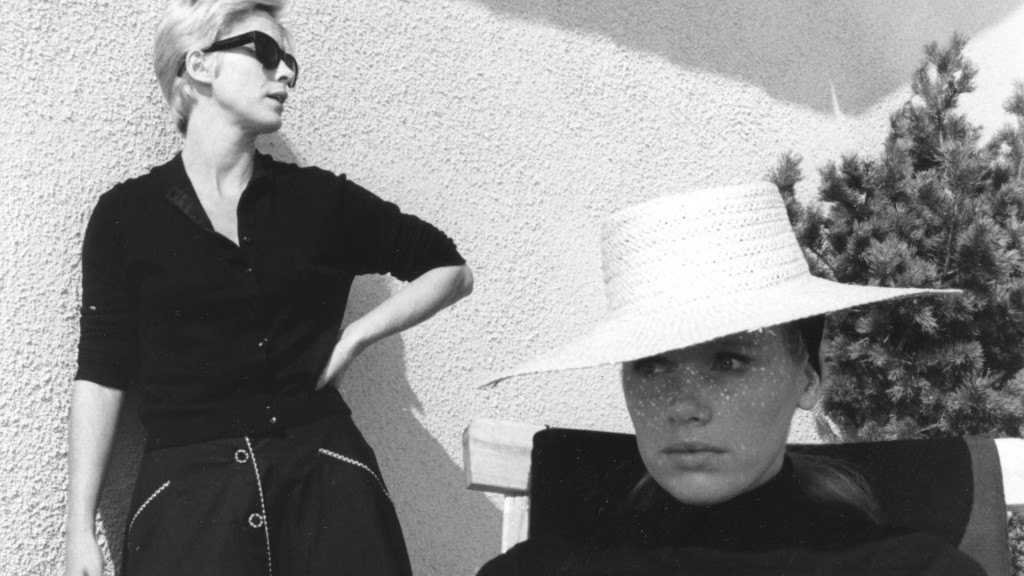
Ingmar Bergman’s ‘Persona’ weaves its lucid mood through expert editing: Segwaying between scenes without a word or a single split-second to pause and in doing so cutting together a series of disconnected conversations as if they were absolutely crucial to each-other. For those who have seen the film and know they are it’s such a simple, wholly effective way to impart importance onto simple things absent of any flashing lights or neon signs. All you really need to make a point is a good editor.
Moreover the other chief asset of Persona lies in its famed cinematographer, Sven Nykvist, who barely ever returns to a take in the same scene — each shot in the film totally unique and never recycled to add to its constant sense of steady progression. His use of shallow shadows in lighting, as well as the stripped-down surrealism with which the sets and sights of Persona’s various ‘dream’ sequences are handled all comes together to form one of the most uniquely engrossing movies ever made. Everything about it gradually draws you into the fragmenting space between Elisabet and Alma until finally it collapses and you are left with the hallucinatory image of their faces- merged as one.
Read More: Best Conversational Movies of All Time
2. Come & See
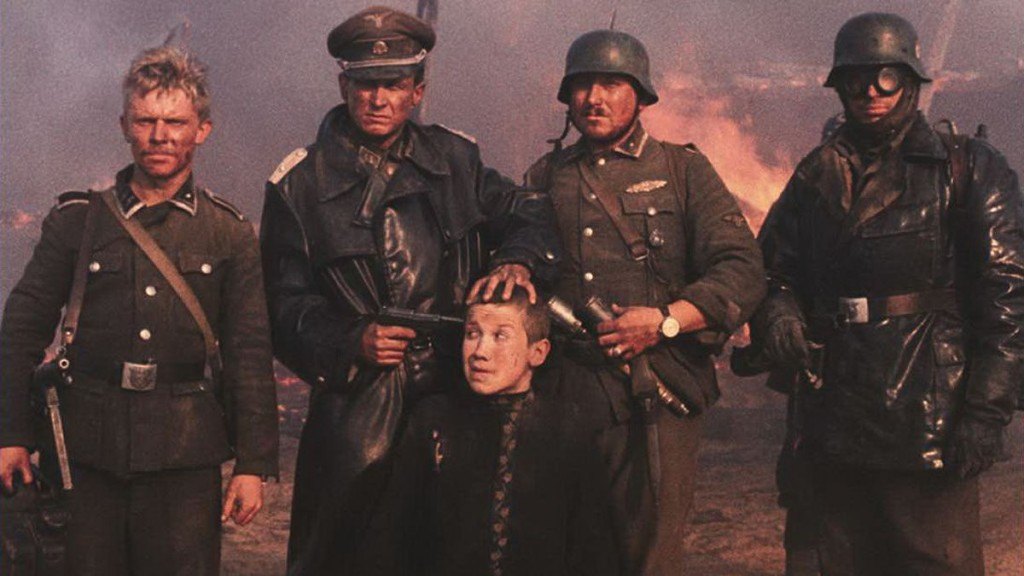
Elem Kilmov’s film is far from a good trip. Beyond an opening half-hour that cultivates a uniquely surreal and seeping sense of dread, the director’s vision descends into the most hellish depiction of war I know of. Kilmov’s unending cavalcade of rapturous explosions and terrifying images draw you past the threshold of sanity and into a world you desperately hope is fictitious — invented for the sake of a really harrowing film.
Come & See is assuredly an uncompromising portrait of the Second World War, though its unapologetic nature is second only to its realism. All of this happened — and the screeching cacophony of pain and anguish the man traps us in for a full 136 minutes is in a sense noble for how it refuses to bow down to any form of sugar-coated heroism. Many of the movies above can be both frightening and fantastical in their use of psychedelic elements — but ‘Come & See’ is a straight-up nightmare.
Read More: Best Pirate Movies of All Time
1. Marketa Lazarová
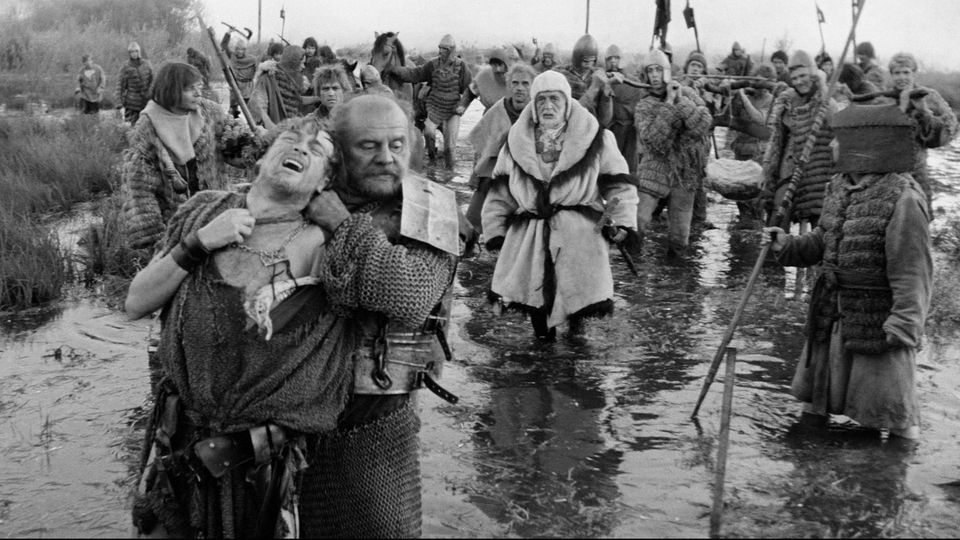
Imagine if you can the ground-breaking invention of Bergman’s ‘Persona’ stretched over a whole 2 hours and 40 minutes. The criminally underappreciated cinematic blossoming which occurred during the Czechoslovak New Wave produced great artists such as Jan Němec and František Vláčil, the latter of whose under-seen masterpiece ranks among the very finest films I’ve ever seen.
‘Marketa Lazarová’ spends its entire run-time writing its own cinematic language. Far from the petty deconstruction of Goddard and other Nouvelle Vague companions, Vláčil’s innovative take on film-making is to pursue a simple story with as much style and flair as was humanly possible. He assembles fantastical images that so effectively evoke Medieval parables of the battle between heaven and hell that his film rivals even ‘Andrei Rublev’ as the most rich and vivid portrait of the time. Demonic dogs standing hungry for blood. Lines of nuns trekking through the hills to their lonely convent.
Marketa Lazarová is dizzying dive into the very depths of cinematic possibility; the wonders that can be achieved when you let go of what has been established and strike out into the most fascinating uncharted territory ever put on a screen. Impassioned, evocative and almost frighteningly dynamic.
Read More: Best Violent Movies of All Time

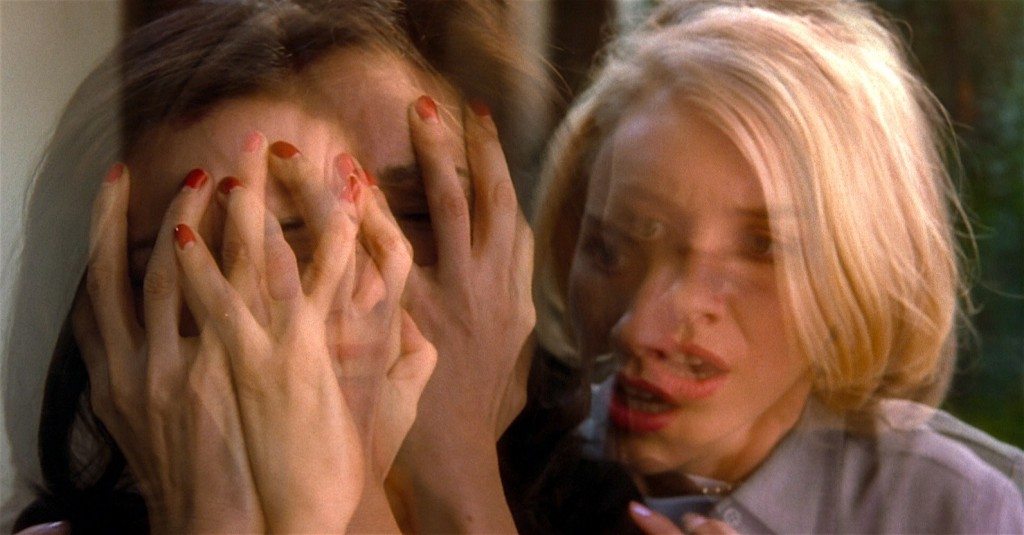
You must be logged in to post a comment.